Home>Furniture & Design>Interior Design Trends>How To Safely Break Glass
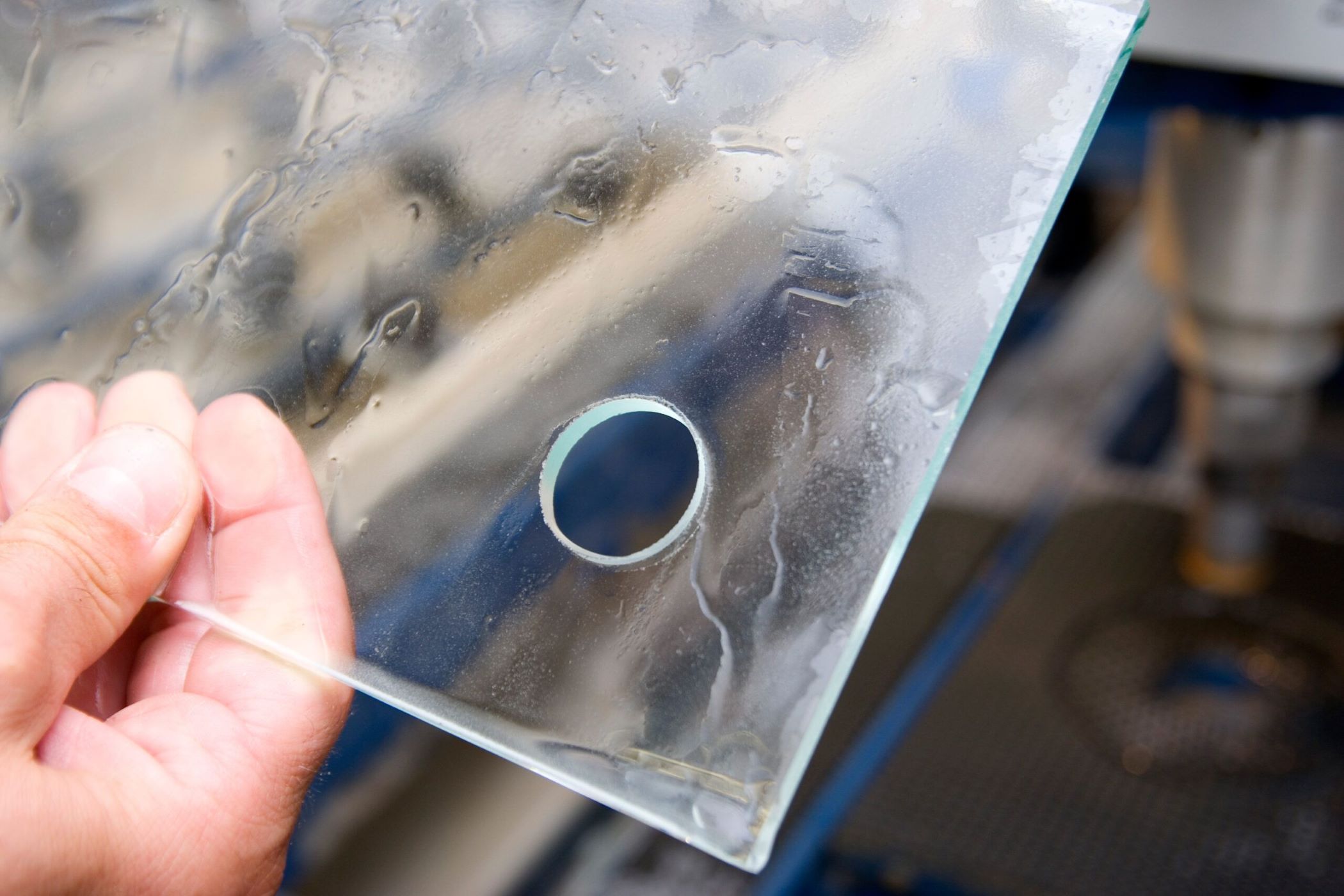

Interior Design Trends
How To Safely Break Glass
Modified: February 18, 2024
Learn how to safely break glass for your interior design projects. Discover the latest interior design trends and techniques for incorporating broken glass into your decor.
(Many of the links in this article redirect to a specific reviewed product. Your purchase of these products through affiliate links helps to generate commission for Storables.com, at no extra cost. Learn more)
Introduction
Breaking glass can be a daunting task, especially if you're unfamiliar with the proper techniques and safety precautions. Whether you're a DIY enthusiast or a professional, understanding the art of safely breaking glass is essential for various projects, such as home renovations, art installations, or repairs. By mastering the proper methods, you can ensure a smooth and controlled break, minimizing the risk of injury and damage.
In this comprehensive guide, we will delve into the intricacies of safely breaking glass, providing you with valuable insights and step-by-step instructions. From understanding the properties of glass to identifying the necessary tools and equipment, we'll cover everything you need to know to execute this task with confidence and precision.
By the end of this guide, you'll be equipped with the knowledge and skills to approach glass-breaking projects with a sense of assurance and safety. So, let's embark on this journey to unravel the secrets of safely breaking glass and empower ourselves with the expertise needed to tackle this delicate yet rewarding endeavor.
Key Takeaways:
- Master the art of safely breaking glass by understanding its properties, using the right tools, and following step-by-step procedures. Prioritize safety to minimize risks and create high-quality glass pieces for various projects.
- Equip yourself with safety gear, stable work surfaces, and controlled force application to ensure a secure environment for breaking glass. Adhere to safety precautions to protect yourself and achieve precise outcomes in glass-breaking endeavors.
Read more: How To Break The Glass Ceiling
Understanding the Properties of Glass
Glass, a versatile and ubiquitous material, possesses unique properties that distinguish it from other substances. Understanding these properties is crucial for safely breaking glass.
Composition and Structure
Glass is primarily composed of silica, soda ash, and limestone, fused at high temperatures to create an amorphous, non-crystalline structure. This molecular arrangement renders glass transparent, allowing light to pass through while maintaining its solid form.
Brittleness and Tensile Strength
One of the defining characteristics of glass is its brittleness. While it may appear solid, glass is inherently fragile and prone to shattering when subjected to sudden force or pressure. Its tensile strength, or resistance to breaking when bent, is relatively low compared to other materials, making it essential to handle with care.
Stress Distribution
When external forces are applied to glass, stress is distributed unevenly across its surface. This uneven distribution can lead to spontaneous breakage or cause cracks to propagate rapidly. Understanding how stress affects glass is pivotal in determining the safest methods for breaking it.
Read more: How To Break Glass Cleanly
Variations in Glass Types
Different types of glass, such as tempered, laminated, or annealed, exhibit varying properties that influence their breakage patterns. For instance, tempered glass is designed to shatter into small, granular pieces for safety, while laminated glass tends to hold together when broken. Recognizing these distinctions is vital for selecting the appropriate techniques when breaking specific glass types.
By comprehending these fundamental properties of glass, individuals can approach the process of breaking it with a heightened awareness of its behavior and vulnerabilities. This knowledge forms the foundation for implementing safe and effective glass-breaking methods, ensuring both personal safety and successful outcomes in various projects and applications.
Tools and Equipment Needed
When it comes to safely breaking glass, having the right tools and equipment is paramount to achieving precise and controlled results. From basic essentials to specialized instruments, the following items are indispensable for executing this task with efficiency and safety.
1. Safety Glasses and Gloves
Prioritizing personal safety is non-negotiable when working with glass. Safety glasses with impact-resistant lenses shield the eyes from potential shards and debris, while durable gloves provide protection against cuts and abrasions. These essential safety gear items create a crucial barrier between the individual and the inherent hazards associated with glass-breaking activities.
2. Glass Cutter
A high-quality glass cutter, featuring a sharp carbide wheel, is a fundamental tool for scoring and cutting glass with precision. This handheld device allows for controlled incisions on the glass surface, facilitating clean breaks along the desired lines. Selecting a glass cutter with a comfortable grip and adjustable pressure settings enhances user comfort and maneuverability during the cutting process.
Read more: How To Break Thick Glass
3. Running Pliers
Running pliers, also known as breaking pliers, are designed to exert even pressure along scored glass, inducing controlled breaks along the predetermined lines. These specialized pliers feature a curved jaw that applies uniform force to the glass, enabling users to separate the scored sections accurately. Investing in high-quality running pliers ensures consistent and predictable breakage outcomes.
4. Glass Grinder
For refining and smoothing the edges of broken glass pieces, a glass grinder is an invaluable tool. Equipped with abrasive discs and water-cooling mechanisms, a glass grinder enables precise shaping and polishing of glass edges, ensuring a professional finish. This tool is particularly beneficial for salvaging and repurposing broken glass into new creations.
5. Breaking Hammer
A breaking hammer, also known as a glass-breaking hammer, is designed to deliver controlled force to specific points on the glass, initiating clean breaks. These hammers feature a hardened steel head and a comfortable grip, allowing users to exert targeted pressure without causing unnecessary damage to the surrounding glass areas. Selecting a breaking hammer with a suitable weight and ergonomic design is essential for achieving accurate and controlled breaks.
6. Work Surface and Support Materials
A stable work surface, such as a dedicated glass-cutting table or a sturdy workbench, provides a secure platform for conducting glass-breaking activities. Additionally, utilizing support materials such as cork or felt pads helps cushion the glass and minimize the risk of unintended breakage during the process. Ensuring a well-prepared work environment contributes to the overall safety and precision of glass-breaking endeavors.
By assembling a comprehensive array of tools and equipment, individuals can approach glass-breaking tasks with confidence and proficiency, mitigating potential risks and maximizing the quality of the outcomes. These essential items form the backbone of a safe and efficient glass-breaking toolkit, empowering enthusiasts and professionals alike to tackle diverse projects with precision and finesse.
Read more: How To Break Tempered Glass
Step-by-Step Guide to Safely Breaking Glass
-
Prepare the Work Area: Begin by setting up a stable work surface and ensuring adequate lighting. Clear the area of any obstructions and lay down protective materials, such as cork or felt pads, to cushion the glass and minimize the risk of unintended breakage.
-
Put on Safety Gear: Prioritize personal safety by donning impact-resistant safety glasses and durable gloves. These essential protective items create a crucial barrier between you and potential hazards during the glass-breaking process.
-
Score the Glass: Using a high-quality glass cutter, carefully score the glass along the desired breaking lines. Apply consistent pressure while maintaining a steady hand to create clean and precise incisions. Ensure that the scored lines extend across the entire glass surface.
-
Apply Running Pliers: With the scored lines in place, use running pliers to exert even pressure along the scored glass. Position the curved jaw of the pliers over the scored line and gently squeeze to induce controlled breaks along the predetermined lines. Exercise caution to avoid excessive force that may lead to unintended shattering.
-
Refine the Edges: After breaking the glass along the scored lines, utilize a glass grinder to refine and smooth the edges of the broken pieces. This step is crucial for achieving a professional finish and ensuring the safety of handling the glass post-breakage.
-
Inspect for Quality: Thoroughly inspect the broken glass pieces to ensure that the breaks align with the scored lines and that the edges are smooth and free from sharp protrusions. Address any irregularities or rough edges using the glass grinder to achieve the desired outcome.
-
Dispose of Waste Safely: Properly dispose of any glass shards and waste materials in accordance with local regulations and safety guidelines. Use designated containers or packaging to contain the broken glass for safe disposal or recycling.
By following this step-by-step guide, individuals can safely and effectively break glass for various projects and applications. Adhering to these meticulous procedures ensures controlled breakage, minimizes the risk of injury, and facilitates the creation of high-quality glass pieces for artistic, functional, or repair purposes.
Safety Precautions
When engaging in glass-breaking activities, prioritizing safety is paramount to mitigate potential risks and ensure a secure working environment. Implementing comprehensive safety precautions not only safeguards individuals from injury but also contributes to the successful execution of glass-breaking tasks. Here are essential safety measures to adhere to:
-
Personal Protective Equipment (PPE): Prior to initiating any glass-breaking procedures, it is imperative to don appropriate personal protective equipment. This includes wearing impact-resistant safety glasses to shield the eyes from potential shards and debris. Additionally, durable gloves should be worn to protect the hands from cuts and abrasions. The use of PPE forms a critical barrier between individuals and the inherent hazards associated with glass-breaking activities.
-
Stable Work Surface: Ensure that the work area is equipped with a stable and level surface to conduct glass-breaking tasks. A dedicated glass-cutting table or a sturdy workbench provides a secure platform for handling glass and minimizes the risk of accidental breakage due to unstable conditions.
-
Proper Tool Handling: Familiarize yourself with the proper handling and usage of glass-cutting tools and equipment. Ensure that tools such as glass cutters, running pliers, and breaking hammers are utilized in accordance with manufacturer guidelines and best practices. Mishandling tools can lead to unintended breakage and pose a risk of injury.
-
Controlled Force Application: Exercise caution when applying force to the glass during the breaking process. Whether using running pliers or a breaking hammer, apply controlled and even pressure to induce clean breaks along the scored lines. Avoid excessive force that may lead to uncontrolled shattering and potential injury.
-
Proper Disposal of Waste: After breaking the glass, dispose of any waste materials, including glass shards, in a safe and responsible manner. Adhere to local regulations and guidelines for the proper disposal or recycling of broken glass to minimize environmental impact and potential hazards.
-
Regular Maintenance of Tools: Keep glass-cutting tools and equipment well-maintained and in optimal condition. Regularly inspect and replace worn-out components to ensure the tools function effectively and safely during glass-breaking activities.
By diligently adhering to these safety precautions, individuals can create a secure and controlled environment for breaking glass, minimizing the risk of injury and ensuring the successful execution of various projects. Prioritizing safety not only protects individuals but also contributes to the overall quality and precision of glass-breaking endeavors.
Conclusion
In conclusion, mastering the art of safely breaking glass is a valuable skill that empowers individuals to undertake a diverse range of projects with confidence and precision. By understanding the fundamental properties of glass, acquiring the necessary tools and equipment, and following meticulous step-by-step procedures, enthusiasts and professionals can navigate the intricacies of glass-breaking with finesse and safety in mind.
The properties of glass, including its brittleness, tensile strength, and stress distribution, form the basis for comprehending its behavior and vulnerabilities. This knowledge serves as a guiding principle for implementing safe and effective glass-breaking methods, ensuring both personal safety and successful outcomes in various projects and applications.
Equipped with essential tools such as safety glasses, gloves, glass cutters, running pliers, and breaking hammers, individuals can approach glass-breaking tasks with confidence and proficiency. These indispensable items, combined with a stable work surface and support materials, form the backbone of a safe and efficient glass-breaking toolkit, enabling the execution of diverse projects with precision and finesse.
The step-by-step guide outlined in this comprehensive resource provides a clear roadmap for safely breaking glass, emphasizing the importance of meticulous preparation, controlled scoring, and post-breakage refinement. By adhering to these meticulous procedures, individuals can ensure controlled breakage, minimize the risk of injury, and create high-quality glass pieces for artistic, functional, or repair purposes.
Furthermore, the implementation of comprehensive safety precautions, including the use of personal protective equipment, stable work surfaces, and controlled force application, contributes to a secure working environment and mitigates potential risks associated with glass-breaking activities. Prioritizing safety not only safeguards individuals from injury but also enhances the overall quality and precision of glass-breaking endeavors.
In essence, the journey to safely breaking glass is a blend of artistry, precision, and safety consciousness. By honing the skills and knowledge required for this delicate task, individuals can embark on a myriad of projects, from crafting intricate glass art to undertaking repair and renovation endeavors, with a sense of assurance and expertise. Embracing the principles of safety and precision, individuals can unlock the potential of glass as a versatile medium for creativity and functionality, all while ensuring a secure and controlled process from start to finish.
Frequently Asked Questions about How To Safely Break Glass
Was this page helpful?
At Storables.com, we guarantee accurate and reliable information. Our content, validated by Expert Board Contributors, is crafted following stringent Editorial Policies. We're committed to providing you with well-researched, expert-backed insights for all your informational needs.
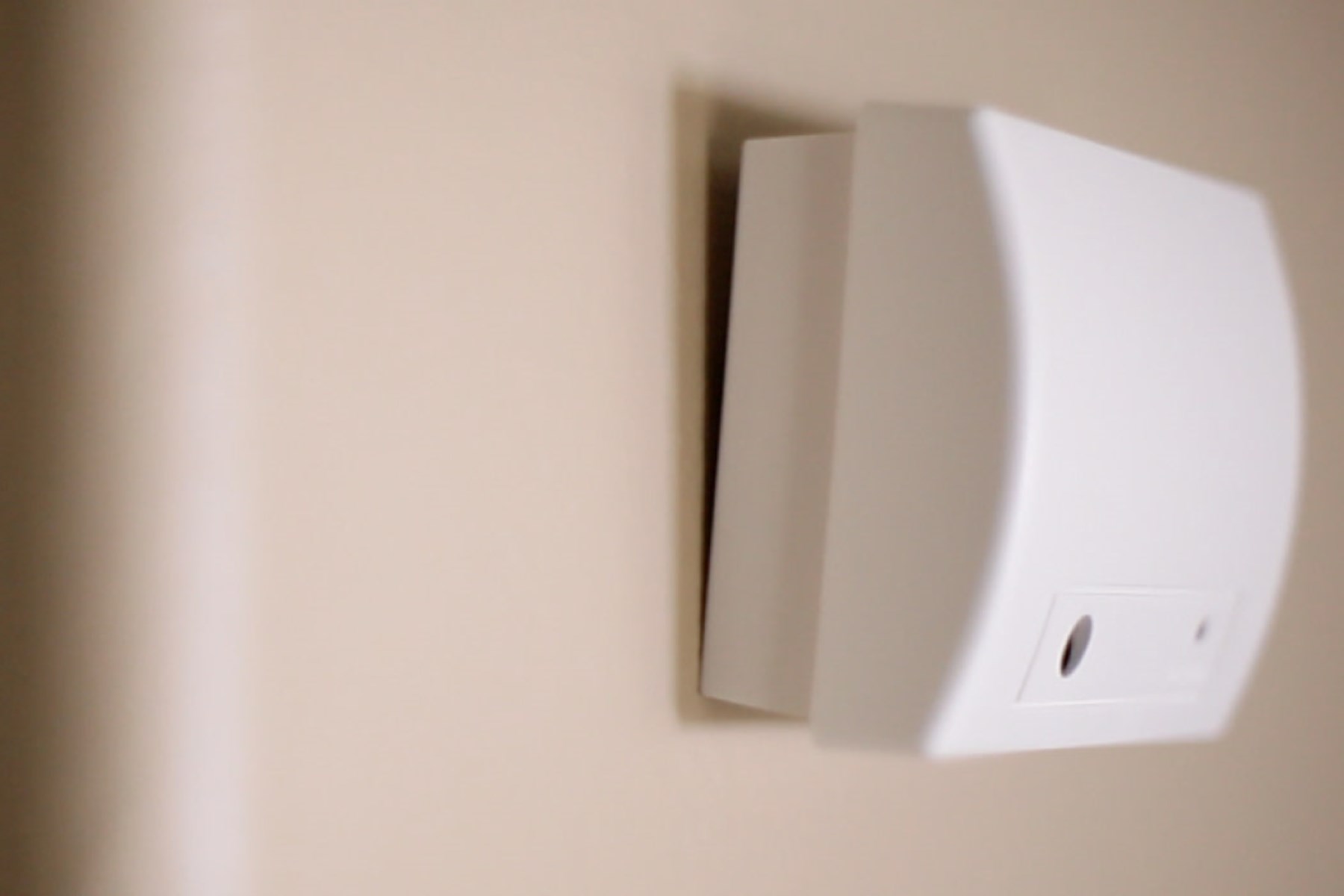

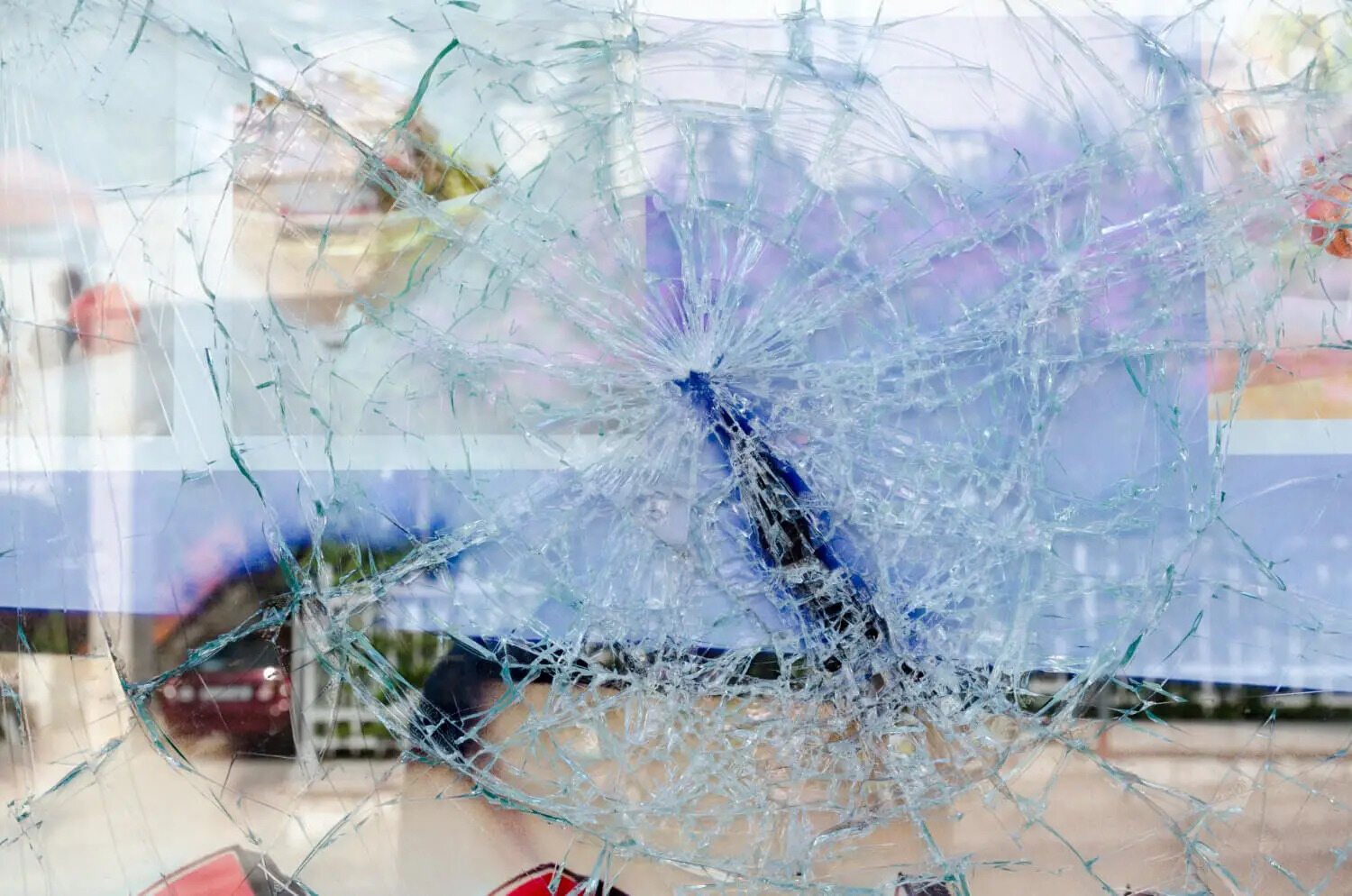

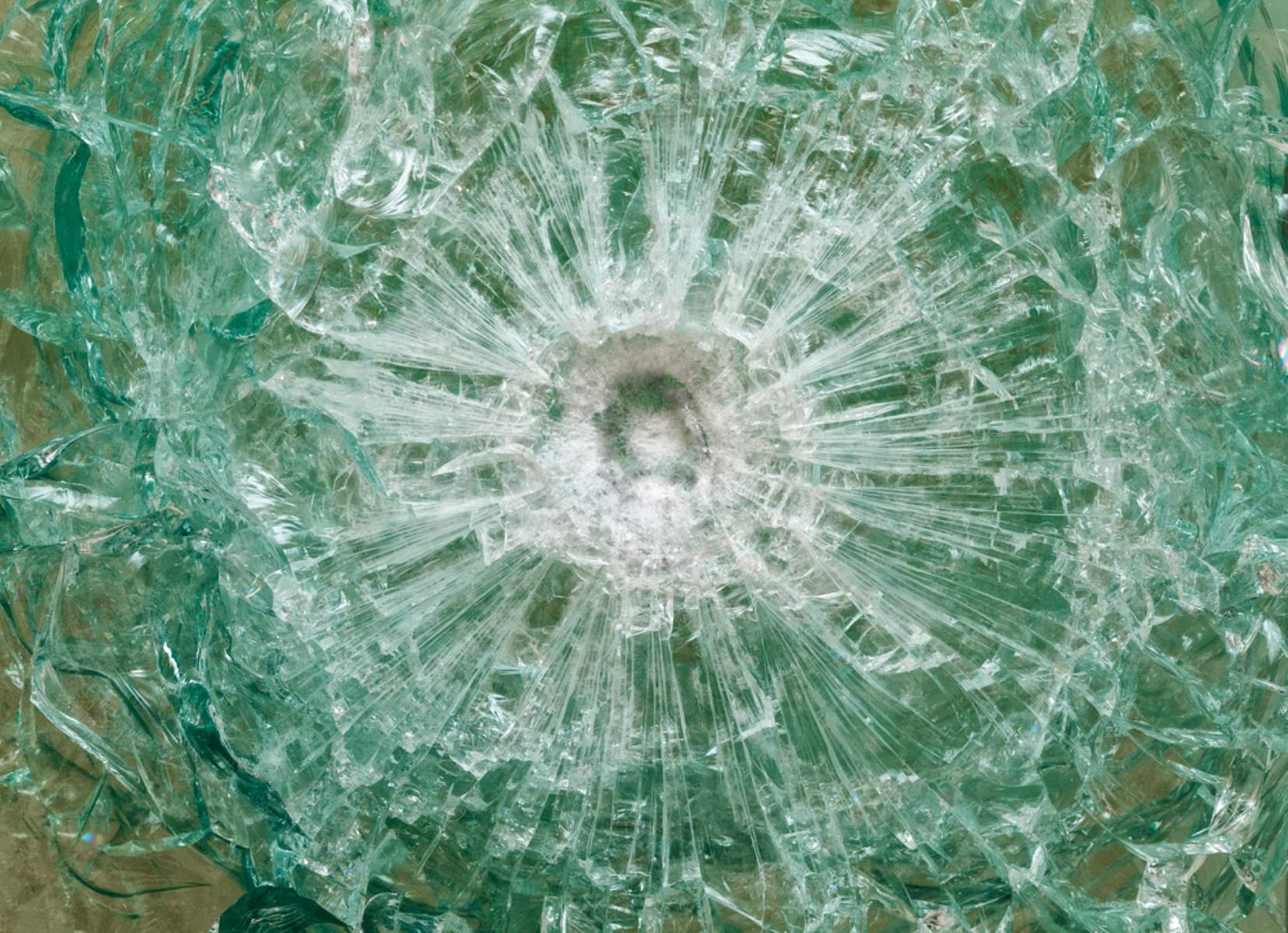
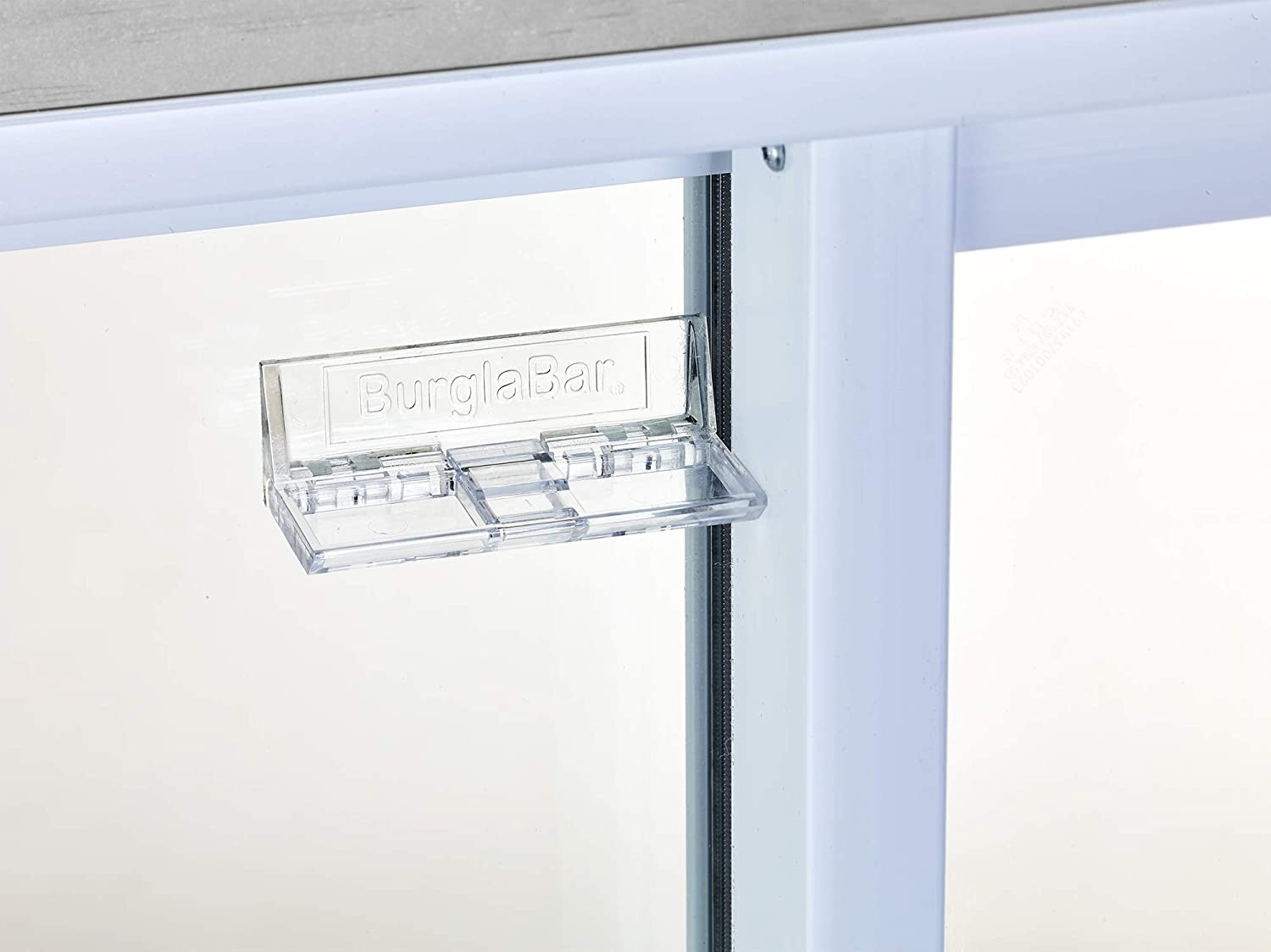



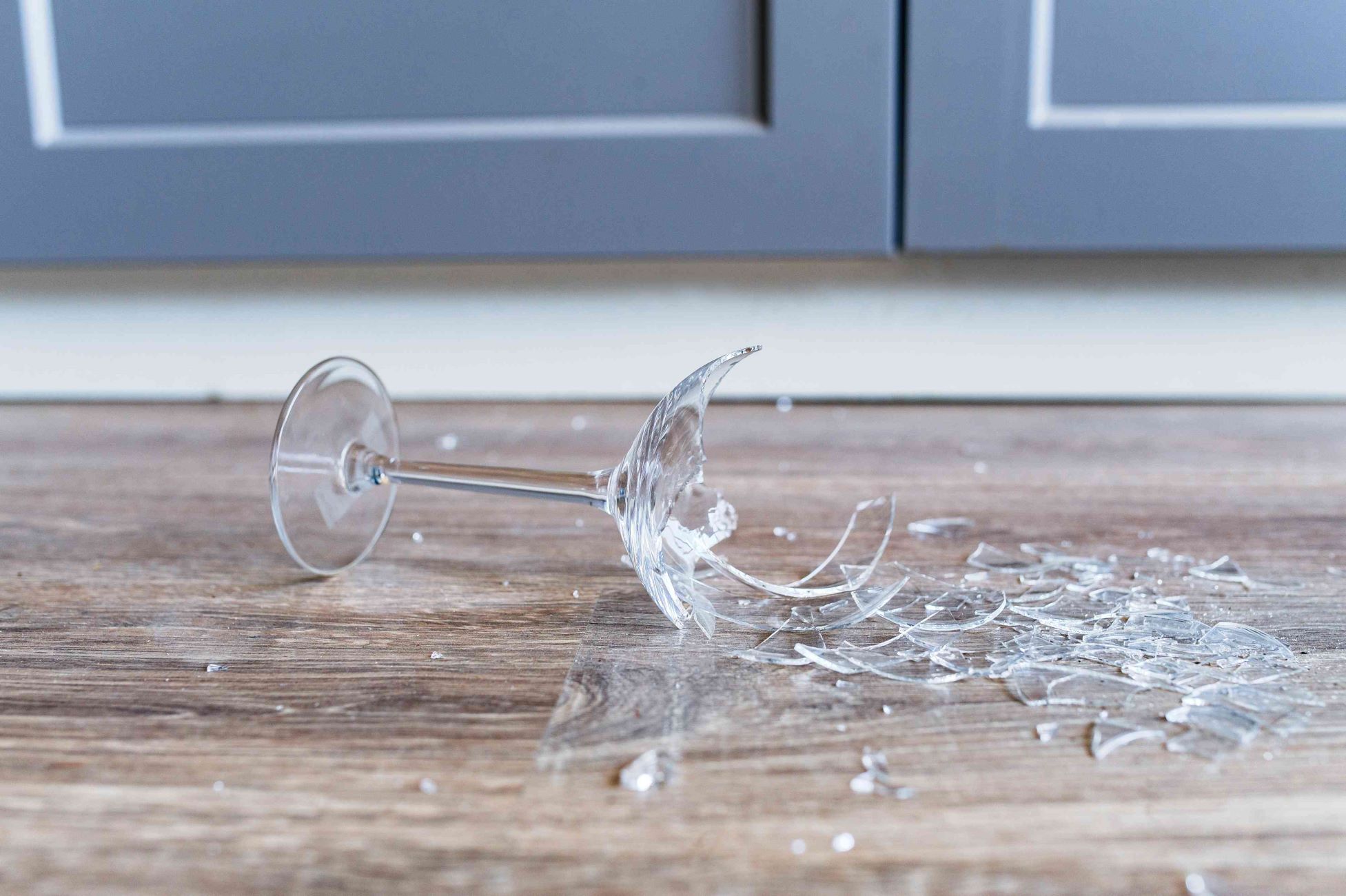

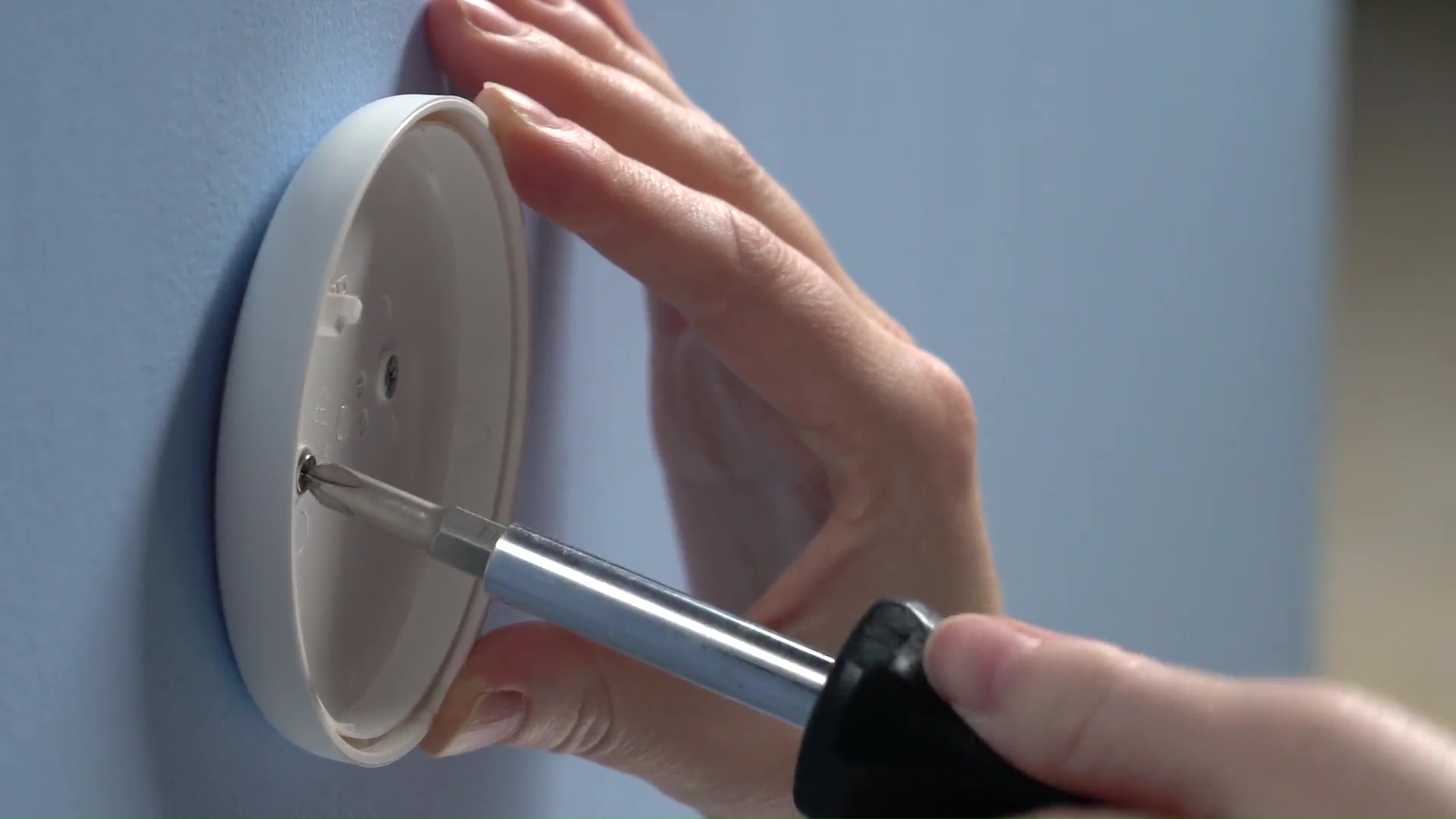

0 thoughts on “How To Safely Break Glass”